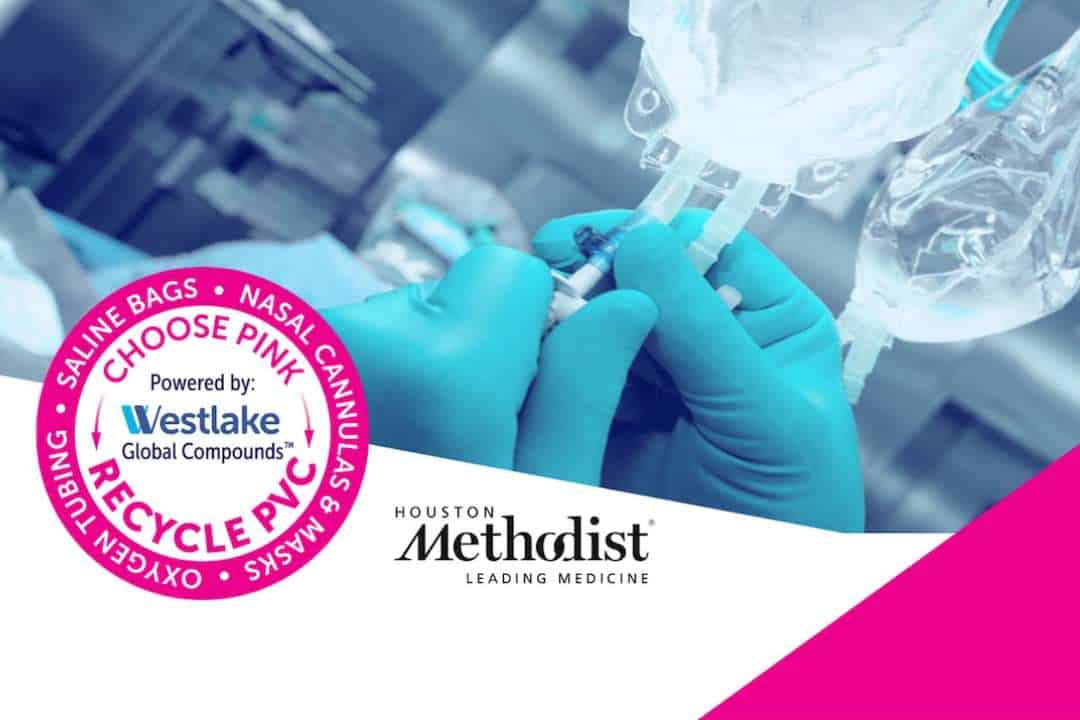
Key Insights from PVC 2024 on Medical PVC
04/06/2024
PVCMed Alliance Joins EU Horizon Project CARING NATURE
02/07/2024The update was based on experiences with the guidelines and a literature search over the last five years.
In response to a request from the European Commission, the Scientific Committee on Health, Environmental and Emerging Risks (SCHEER) has released updated guidelines on the benefit-risk assessment of phthalates in certain medical devices. These guidelines address phthalates with properties that are carcinogenic, mutagenic, toxic to reproduction (CMR), or endocrine-disrupting (ED).
The updated guidelines are designed for use by manufacturers, notified bodies, and regulatory authorities. They provide a comprehensive methodology for conducting a benefit-risk assessment to justify the presence of CMR 1A or 1B and/or endocrine-disrupting phthalates in medical devices, as well as parts or materials used in these devices, when present at levels exceeding 0.1% by weight (w/w).
In addition to the benefit-risk assessment methodology, the guidelines offer an evaluation framework for identifying and assessing possible alternatives to replace CMR/ED phthalates in medical devices. This includes considering alternative materials, designs, or medical treatments that can serve as safer substitutes.
The guidelines are also applicable for the benefit-risk assessment of other CMR/ED substances found in medical devices.
A public consultation on these guidelines was held from March to April 2024, during which stakeholders were invited to submit their comments on the scientific evidence related to the use of phthalates in medical devices. The results of this consultation have also been published, providing additional insights and feedback from various interested parties.
These updated SCHEER guidelines aim to enhance the safety and effectiveness of medical devices by ensuring a rigorous assessment process for hazardous substances, thereby protecting public health and the environment.




